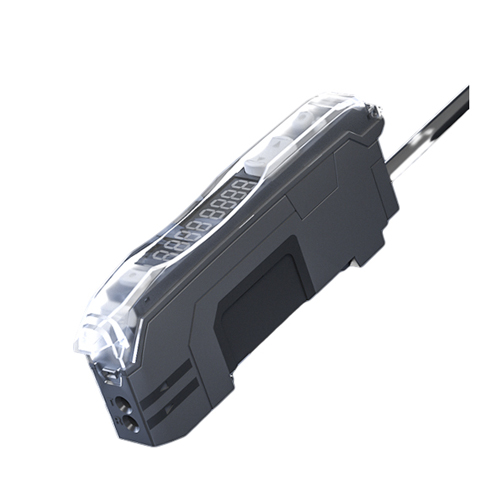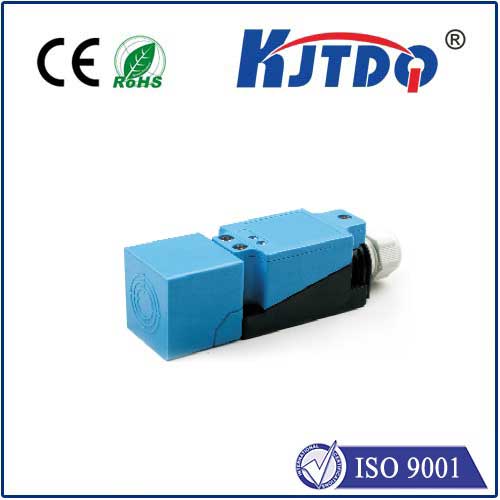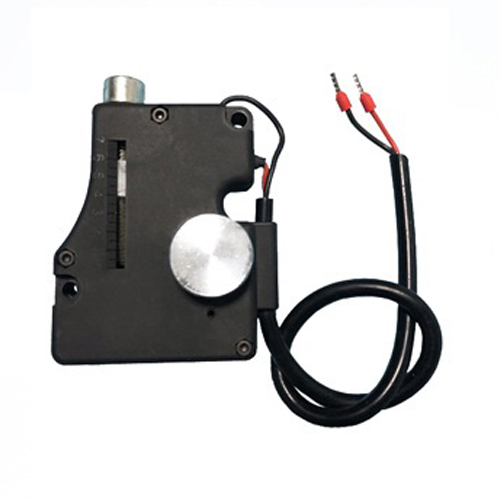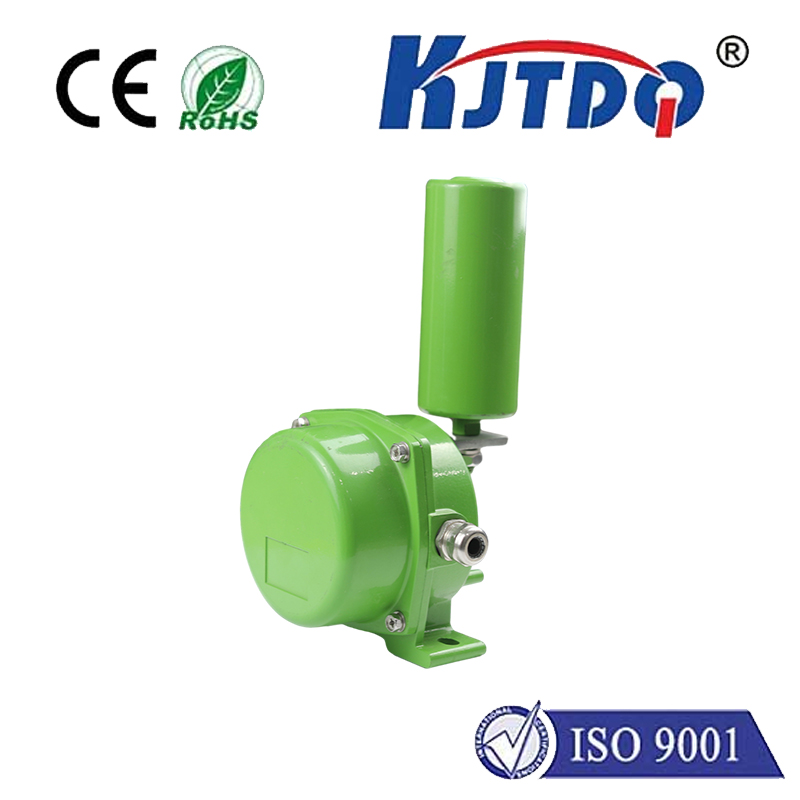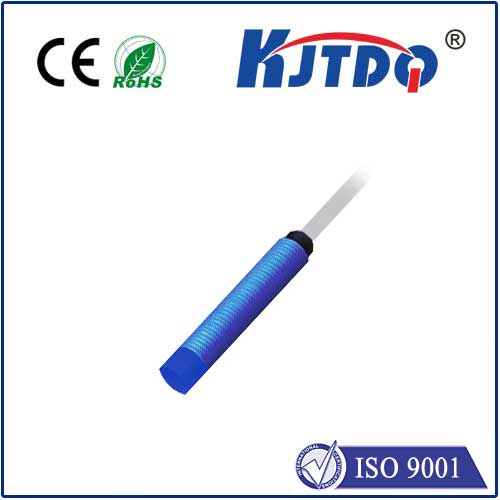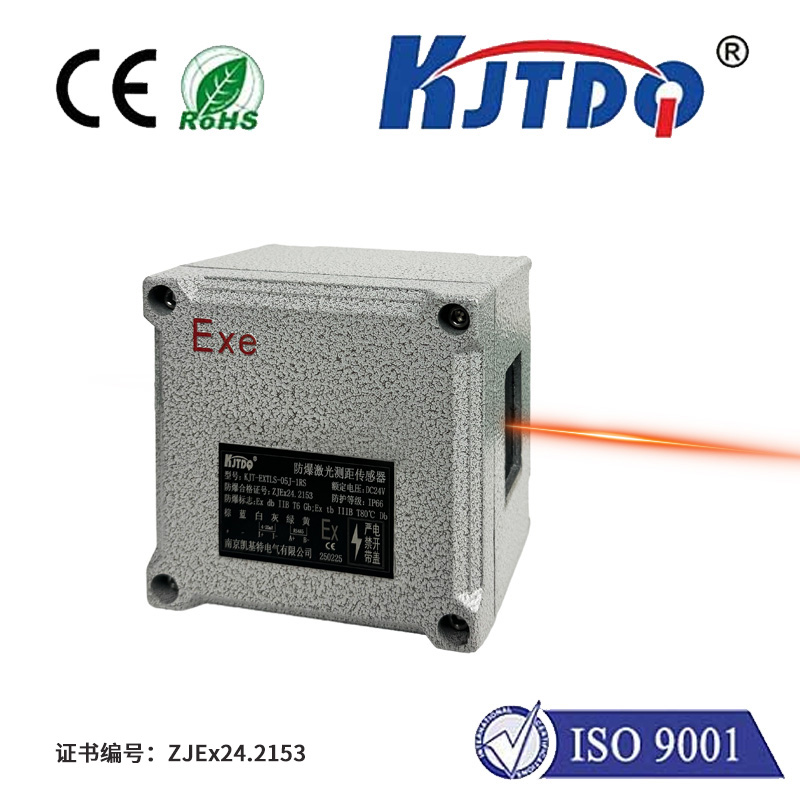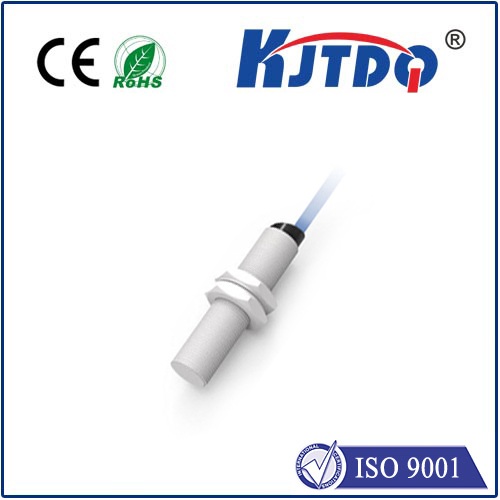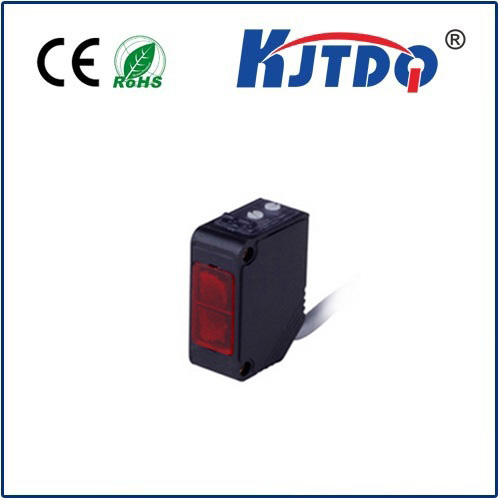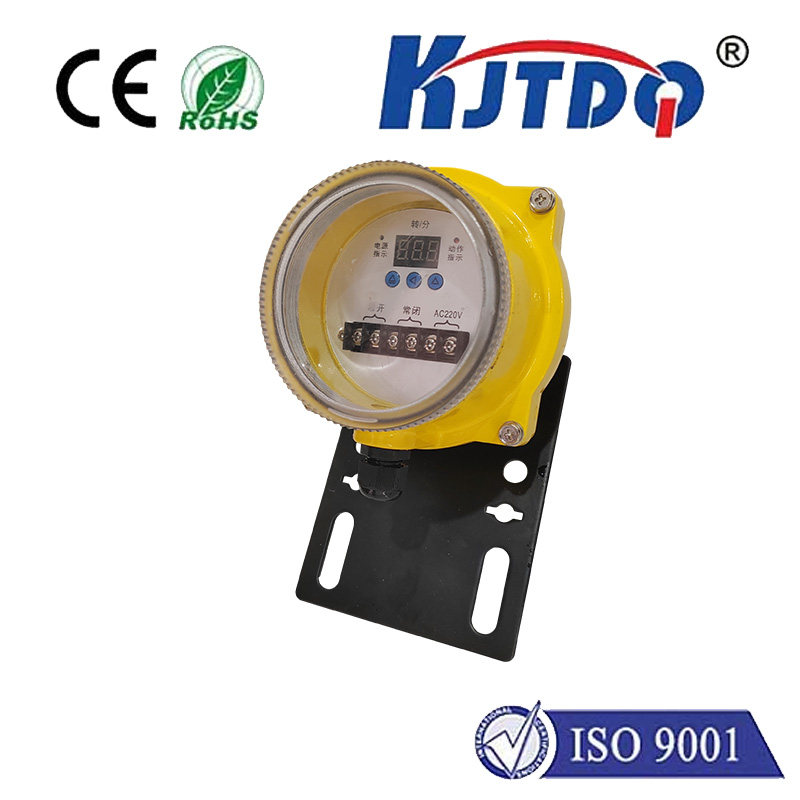inductive proximity sensor 34mm dia
- time:2025-09-06 02:09:19
- Click:0
The Mighty 34mm: Why Industrial Automation Relies on These Inductive Proximity Sensors
Imagine a factory floor humming with activity. Machines move with precision, robotic arms weld seamlessly, and conveyor belts carry products reliably. Hidden within this orchestrated chaos, countless unsung heroes ensure everything runs smoothly and safely. Among them, inductive proximity sensors – particularly the robust 34mm diameter models – play a pivotal role. Their unique combination of size, sensing power, and resilience makes them indispensable workhorses in demanding industrial environments.
Understanding the Inductive Proximity Sensor: Simplicity Meets Reliability
At its core, an inductive proximity sensor is a marvel of non-contact detection. It operates on a simple electromagnetic principle: it generates an oscillating high-frequency field from its sensing face. When a metallic object (like steel, aluminum, brass, copper, etc.) enters this field, it induces tiny eddy currents on the metal’s surface. These currents absorb energy from the sensor’s oscillator circuit, causing a measurable change in amplitude or frequency. The sensor’s internal electronics detect this change and trigger an output signal – switching a load on or off – without ever physically touching the target.
This non-contact nature is their fundamental advantage. It translates to zero wear and tear from mechanical interaction, exceptional longevity, and immunity to contaminants like dust, oil, or coolant that would destroy mechanical switches. They provide reliable, maintenance-free detection where physical contact is impossible or undesirable.

Why 34mm Diameter? Striking the Perfect Balance in Sensing
Inductive proximity sensors come in various diameters (like 4mm, 8mm, 12mm, 18mm, 30mm), each suited for specific needs. The 34mm inductive proximity sensor stands out as a powerful and versatile solution, particularly favored in heavy-duty industrial applications. Here’s why this specific size is so important:
- Extended Sensing Range: Size matters significantly for inductive sensors. Larger diameter sensors inherently generate a stronger electromagnetic field. Consequently, a 34mm inductive sensor offers a substantially longer sensing range compared to smaller variants (like 12mm or 18mm). Typical ranges for a 34mm sensor detecting mild steel can be 10mm to 20mm, or even up to 30mm or more, depending on the specific model and design (flushed, non-flushed, shielded/non-shielded). This allows detection from a safer distance or enables the detection of larger or more awkwardly positioned metallic objects.
- Enhanced Robustness: The larger form factor inherently provides greater structural integrity. 34mm sensors are built to withstand the harsh realities of industrial settings. They typically feature:
- Sturdy Metal Housing: Often nickel-plated brass or high-grade stainless steel (V4A / 316L), offering excellent resistance to impact, vibration, and corrosion from aggressive chemicals or washdown environments.
- High Ingress Protection (IP) Ratings: Commonly rated IP67 or IP68/IP69K, meaning they are dust-tight and can withstand immersion in water (IP67/IP68) or high-pressure, high-temperature washdowns (IP69K). This makes them ideal for food and beverage, chemical processing, and heavy machinery applications.
- Resilient Cables or Connectors: Equipped with highly flexible and oil-resistant PUR (Polyurethane) or PVC cables, or robust M12 / M18 connectors.
- Versatility in Target Detection: While offering excellent range for steel, modern inductive sensors 34mm are sophisticated enough to provide stable detection for challenging targets like aluminum, brass, or copper alloys. Some specialized models offer factor-1 characteristics (detecting non-ferrous metals like aluminum at the same range as steel). Always check the datasheet for specific sensing ranges relative to the target material.
- Secure Mounting: The larger diameter provides ample surface area for secure mounting using standard nuts, often included. This ensures stability even under severe vibration, a common occurrence near large motors, presses, or stamping machines.
Key Applications: Where the 34mm Inductive Sensor Shines
The powerful combination of range, robustness, and reliability positions the 34mm inductive proximity sensor perfectly for numerous demanding scenarios:
- Machine Tooling: Monitoring tool position, turret indexing, chuck clamping, or workpiece presence on CNC lathes and milling machines where coolant and metal chips are prevalent.
- Material Handling Systems: Detecting the presence, position, or end-of-travel for heavy pallets, large containers, forklift components, and crane hooks on conveyors and automated storage systems.
- Automotive Manufacturing: Safeguarding robotic weld cells (positioning arms, clamps), verifying large component positioning (engine blocks, chassis frames), and monitoring press operations.
- Food & Beverage and Pharmaceutical Processing: Position monitoring on stainless steel tanks, pumps, and valves; verifying cap placement on large bottles; detecting stainless-steel containers on washdown conveyor lines (reliability with IP69K is key here).
- Heavy Equipment and Hydraulic Systems: Monitoring cylinder piston position in large hydraulic systems, detecting bucket or boom angles on excavators and loaders, and verifying safety gate positions on presses and foundry equipment.
- Packaging Machinery: Verifying the presence of large metal pallets, detecting filling head positions, and monitoring the index position of rotary tables handling substantial loads.
Essential Features to Look For in a 34mm Inductive Sensor
When selecting a 34mm inductive proximity sensor, consider these critical specifications:
- Sensing Range: Clearly stated for mild steel (e.g., Sn 15mm) and often listed for other common metals like aluminum (which typically has a shorter range – e.g., Sn 0.5 * Factor). Ensure it meets your application distance requirements.
- Output Configuration: PNP (sourcing) or NPN (sinking)? Normally Open (NO) or Normally Closed (NC)? Analog output (current or voltage proportional to distance)? Choose based on your PLC or control system input requirements.
- Operating Voltage: Common DC ranges are 10-30V DC or widely compatible 10-65V DC. Ensure compatibility with your system voltage.
- Switching Frequency: How fast can the sensor detect and signal? Important for high-speed production lines (e.g., 200Hz vs. 50Hz).
- Housing Material: Choose based on environmental needs (brass for general industry, stainless steel V4A/316L for highly corrosive or washdown).
- IP Rating: IP67 is standard, IP68/IP69K is essential for submersion or high-pressure washdown.
- Temperature Range: Ensure suitability for ambient conditions (e.g., -25°C to +70°C).
- Connection: Fixed cable (PUR/PVC) or connector (M8, M12, M18). Consider cable length and strain relief.
The Undeniable Advantage: Reliability Where it Counts
In the relentless world of industrial automation, downtime is the enemy. The inherent non-contact operation of inductive sensors eliminates mechanical failure points. Combine this with the robust construction, extended sensing distance, and resilience to harsh environments provided by the 34mm diameter format, and you have a sensing solution built for longevity and unwavering performance. Whether it’s ensuring a multi-ton press operates safely, verifying the position of a critical engine component, or guaranteeing hygiene in food processing by surviving aggressive cleaning, the inductive proximity sensor 34mm consistently delivers the robust, reliable detection that modern industry demands. Its size isn’t just a dimension; it’s a statement of capability engineered for the toughest challenges on the factory floor.






